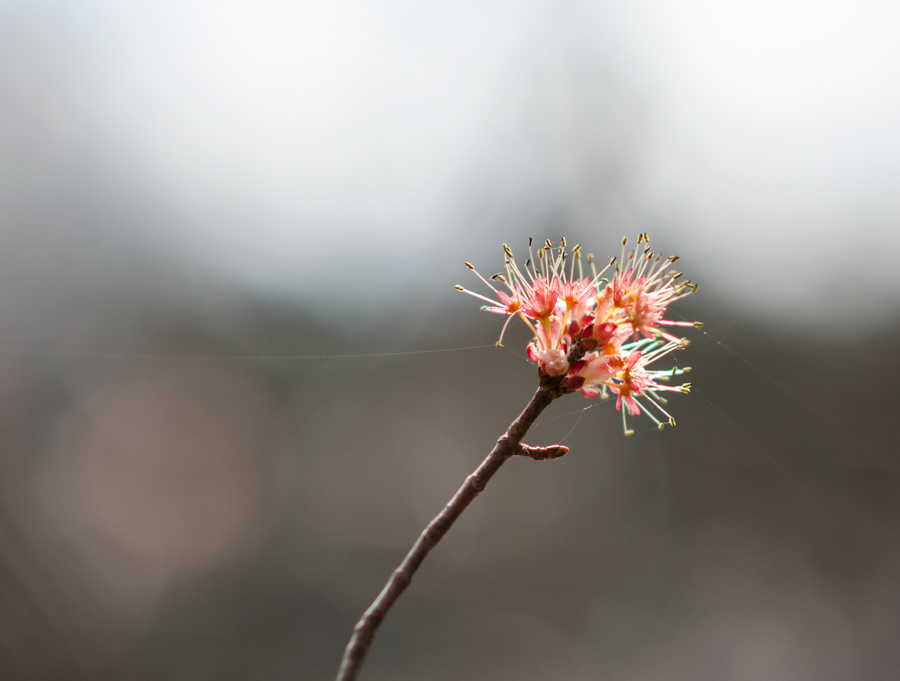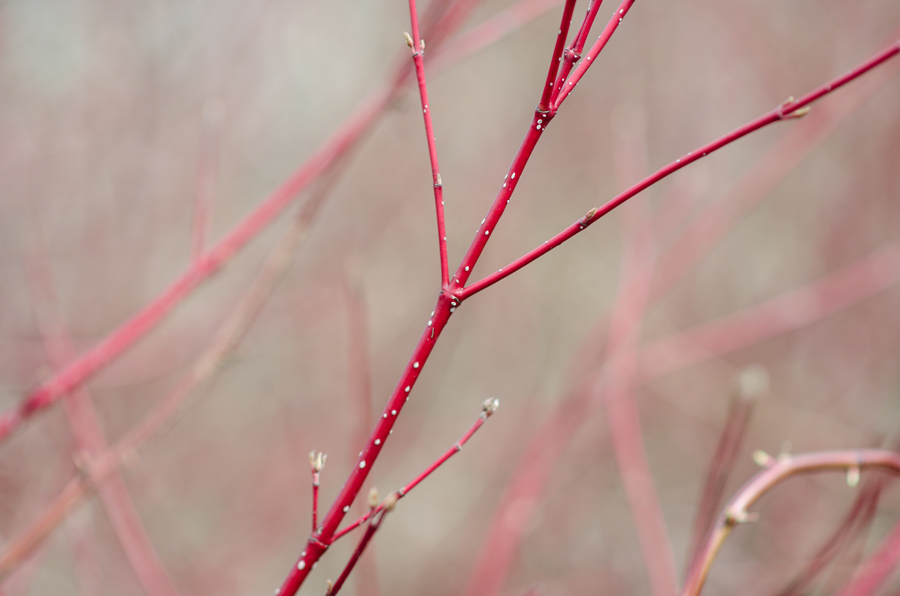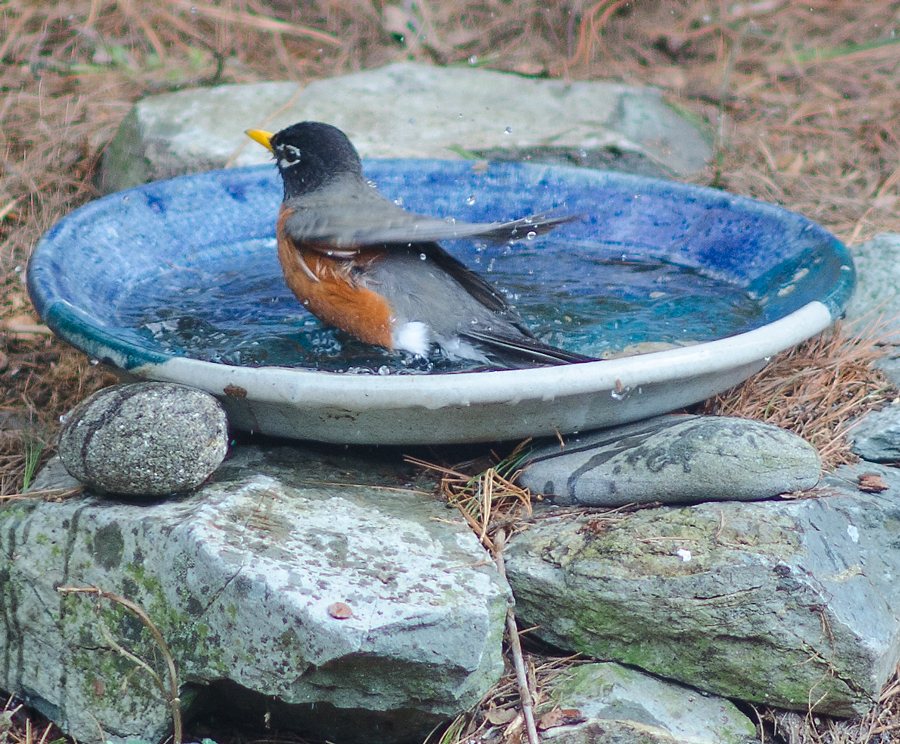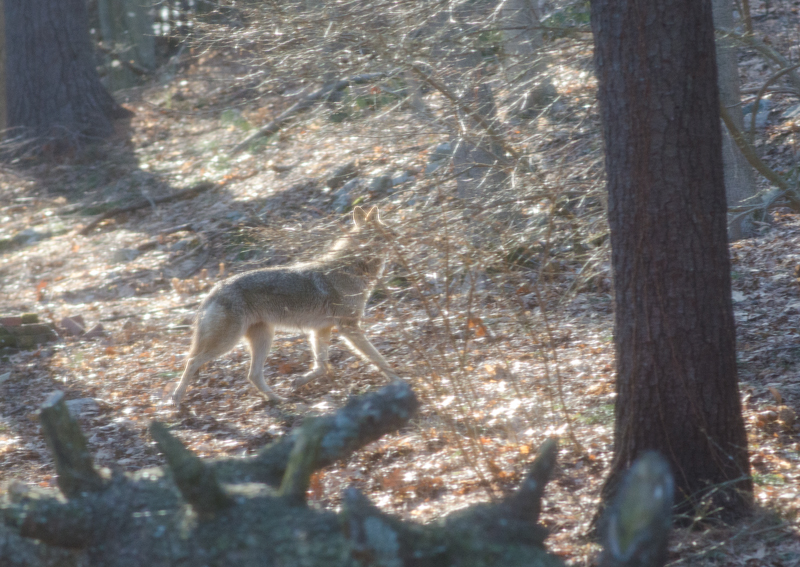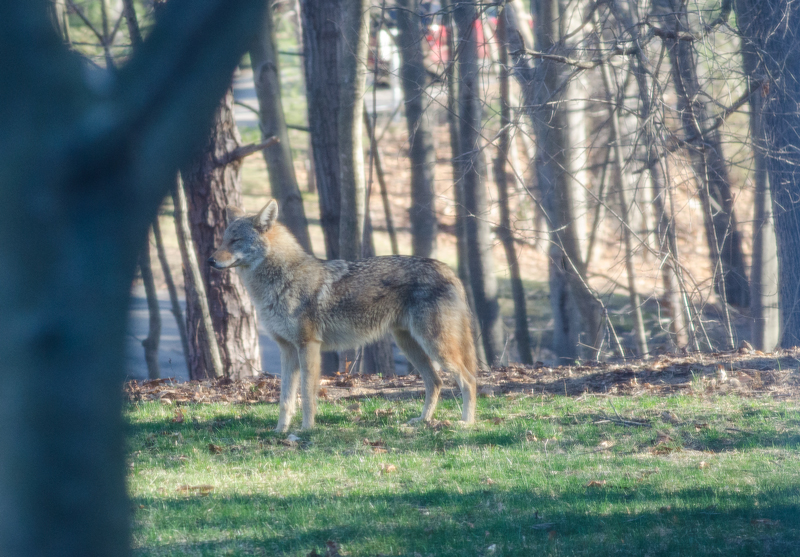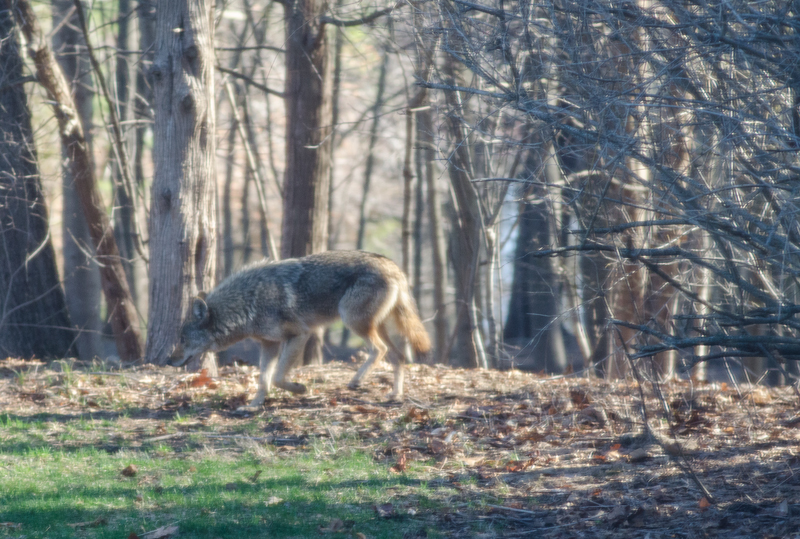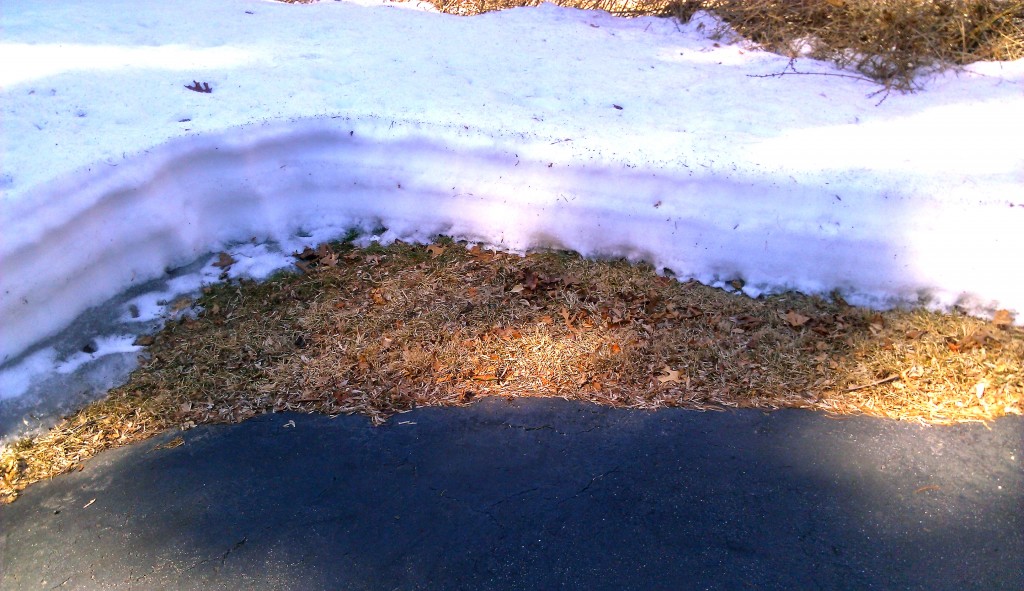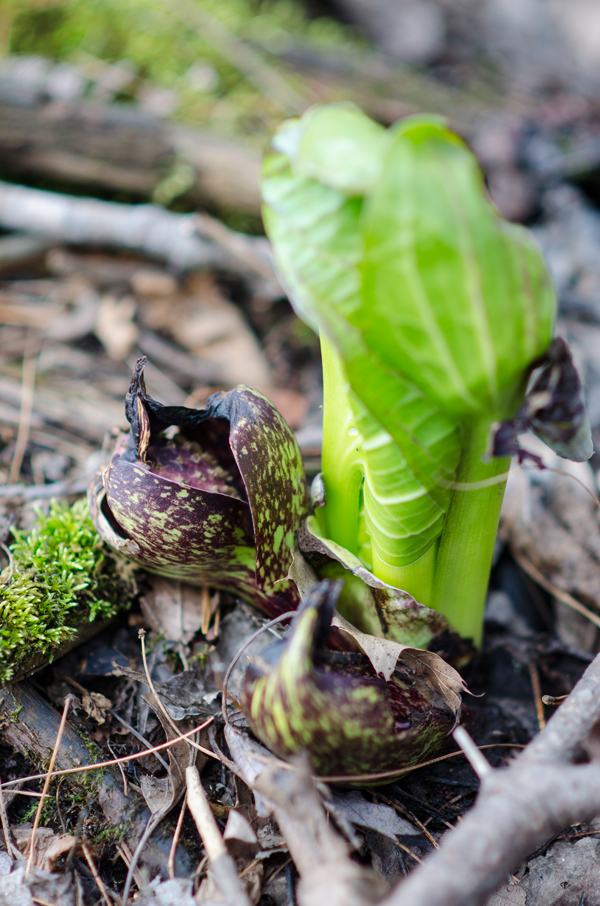 The first wildflower of the season is transitioning from flowers to leaves. The maroon flowers/spears come up through the snow. They’re kind of like mammals; they convert glucose to heat so they can emerge in the late winter months. Then the spadix and spathe wither away and these stout green leaves emerge. Native to the wetlands of eastern North America
The first wildflower of the season is transitioning from flowers to leaves. The maroon flowers/spears come up through the snow. They’re kind of like mammals; they convert glucose to heat so they can emerge in the late winter months. Then the spadix and spathe wither away and these stout green leaves emerge. Native to the wetlands of eastern North America
Skunk cabbage, Symplocarpus foetidus

